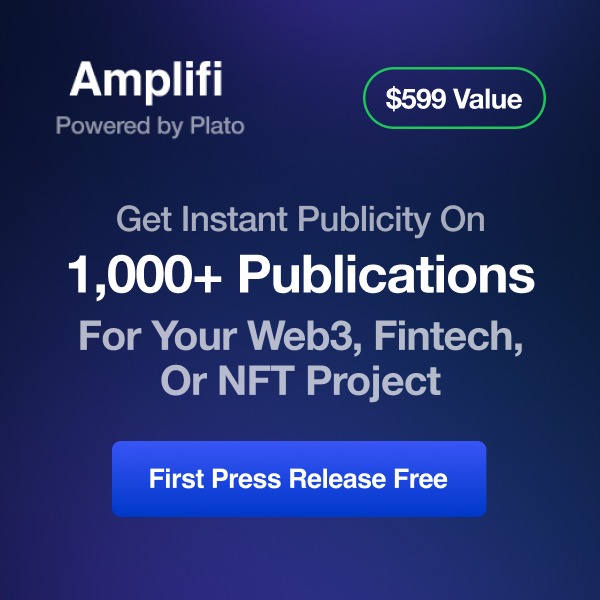Tag: interferometer
Generation of highly retrievable atom photon entanglement with a millisecond lifetime via a spatially multiplexed cavity
Quantum signatures in nonlinear gravitational waves
Secrets of microsphere-enhanced microscopy revealed in new study
‘Great observatories’ – the next generation of NASA’s space telescopes, and their impact on the next century of observational astronomy
Black holes could reveal their quantum-superposition states, new calculations reveal
Double dose of quantum weirdness pushes sensors past the limit
How indistinguishable are indistinguishable photons? New optical interferometer puts a number on it
Building Multiple Access Channels with a Single Particle
Quantum 6, 653 (2022).
https://doi.org/10.22331/q-2022-02-16-653A multiple access channel describes a situation in which multiple senders are trying to forward messages to a single receiver using some physical medium. In this paper we consider scenarios in which this medium consists of just a single classical or quantum particle. In the quantum case, the particle can be prepared in a superposition state thereby allowing for a richer family of encoding strategies. To make the comparison between quantum and classical channels precise, we introduce an operational framework in which all possible encoding strategies consume no more than a single particle. We apply this framework to an $N$-port interferometer experiment in which each party controls a path the particle can traverse. When used for the purpose of communication, this setup embodies a multiple access channel (MAC) built with a single particle. We provide a full characterization of the $N$-party classical MACs that can be built from a single particle, and we show that every non-classical particle can generate a MAC outside the classical set. To further distinguish the capabilities of a single classical and quantum particle, we relax the locality constraint and allow for joint encodings by subsets of ${1lt Kle N}$ parties. This generates a richer family of classical MACs whose polytope dimension we compute. We identify a "generalized fingerprinting inequality'' as a valid facet for this polytope, and we verify that a quantum particle distributed among $N$ separated parties can violate this inequality even when ${K=N-1}$. Connections are drawn between the single-particle framework and multi-level coherence theory. We show that every pure state with $K$-level coherence can be detected in a semi-device independent manner, with the only assumption being conservation of particle number.




